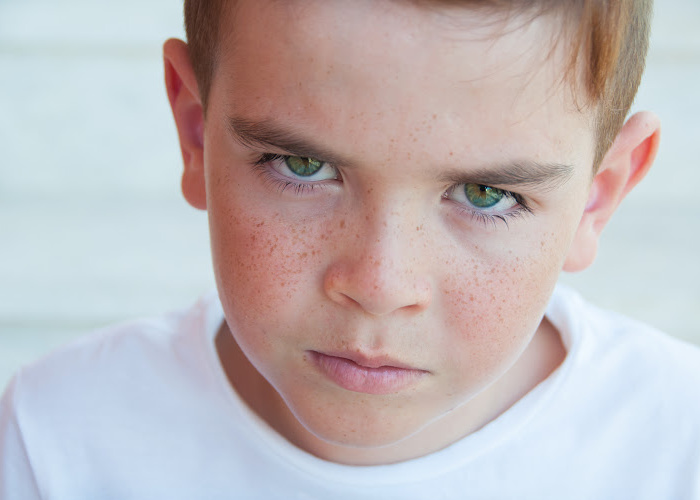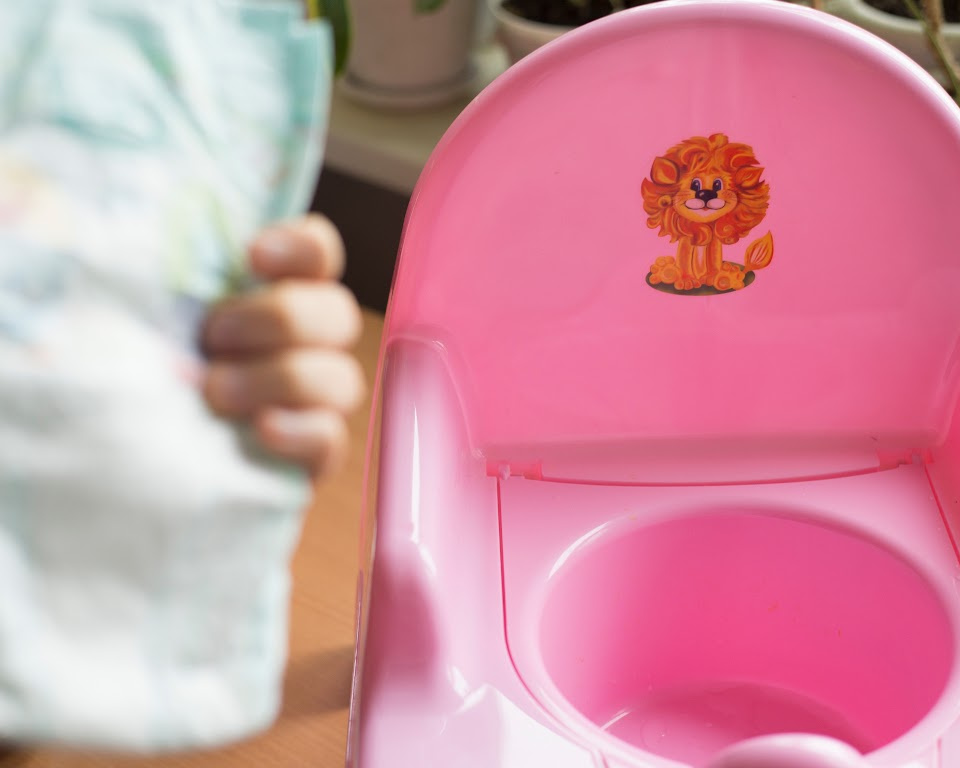Understanding how to communicate with a nonverbal autistic child is a challenge many parents, caregivers,…

How to Stop My Autistic Child from Hitting Me: Strategies and Tips
When caring for children with autism, encountering difficulties in behavior management is a common challenge. Among various behavioral concerns, autism hitting behavior can be particularly distressing. It often leaves parents questioning “how to stop my autistic child from hitting me?”
Understanding and reducing aggression in autistic children calls for a compassionate approach, shaped by insights into the unique needs of each child. Effective behavior management for autistic hitting begins with identifying the root cause and implementing targeted strategies that can bring about positive change.
Join us as we explore practical and empathetic tactics to guide your child towards safer and more appropriate ways of expressing their emotions.
Understanding the Underlying Causes of Hitting in Autistic Children
Strategies to prevent hitting in autistic children start with a deep understanding of the individual experiences of those with autism. Recognizing the factors that contribute to autism aggression triggers is essential for managing aggression in autistic children effectively.
By decoding the communication efforts behind the behavior and the possible discomfort that leads to aggression, caregivers can enhance their approach to supporting children with autism.
Exploring Triggers of Aggressive Behavior
Autism and aggression can be closely linked when children feel overwhelmed or misunderstood. Identifying triggers is a critical step in developing a well-rounded strategy to address hitting behaviors. By focusing on the various environmental, emotional, and physical catalysts, one can implement effective interventions tailored to the child’s needs.
The Role of Communication Challenges and Sensory Overload
Communication challenges are commonly identified as a considerable part of aggression in autism. Children may hit as a method to express distress, particularly when sensory overload makes other forms of communication challenging. It’s important to consider these barriers and work towards establishing clear, alternative methods of expression to reduce incidents of hitting.
Physical Discomfort and Behavioral Responses
Awareness of the connection between physical discomfort and aggressive reactions in autistic children is critical for managing these situations. Early identification and modification of circumstances that lead to discomfort can drastically reduce the occurrence of hitting while promoting a safer, more understanding environment for the child.
| Trigger Category | Examples | Strategies for Management |
|---|---|---|
| Sensory Overload | Noisy environments, bright lights | Create a sensory-friendly space, use visual aids for communication |
| Communication Challenges | Non-verbal cues misunderstood, frustration during interactions | Introduce alternative communication systems like PECS or sign language |
| Physical Discomfort | Ill-fitting clothing, hunger, tiredness | Regular check-ins for comfort, establish routines for eating and rest |
| Environmental Triggers | Changes in routine, unfamiliar people or settings | Maintain consistent schedules, prepare for transitions with visual stories |
| Attention-Seeking | Lack of engagement, wanting a caregiver’s attention | Set specific times for one-on-one interaction, positive reinforcement for non-aggressive behaviors |
How to Stop My Autistic Child from Hitting Me: Direct Interventions
For many parents, it’s crucial to have effective strategies and peaceful approaches to stop hitting in autistic children. Understanding and implementing direct intervention techniques can significantly help in managing what can be a challenging behavior. It begins with fostering an environment of calm and introducing structured methods to understand and stop hitting in children with autism.
The utilization of neutral redirection plays a pivotal role in this process. It’s an approach that not only mitigates hitting incidents but also aids in teaching the child more acceptable ways of expressing their emotions and needs. Here are some practical, real-world tips for dealing with hitting in an autistic child:
| Intervention Strategy | Description | Benefits |
|---|---|---|
| Maintain Composure | Remain calm and avoid showing a physical response to hitting, which may reinforce the behavior. | Promotes a peaceful resolution and models self-regulation for the child |
| Deflect and Redirect | Gently guide the child away from hitting and towards a more appropriate physical action, like tapping. | Introduces alternative communication methods while ensuring safety |
| Acknowledgment of Proper Behavior | Offer recognition and praise when the child uses non-aggressive methods to communicate. | Reinforces positive behavior and increases the likelihood of its recurrence |
| De-escalate | If aggression escalates, ensure to calmly remove any other children or potential targets from the vicinity. | Helps in reducing the intensity of the situation, preventing further incidents |
| Consistent Application | Regularly apply intervention strategies and adhere to behavior intervention plans. | Builds a predictable structure, aiding the child in understanding expectations and consequences |
Throughout these direct interventions, consistency is key. It’s not uncommon to experience a temporary rise in aggressive behaviors when new strategies are introduced. However, with persistence and a consistent approach, improvement will follow. This highlights the importance of a supportive and knowledgeable environment, where strategies are not only employed but also continuously adapted and refined as the child progresses.
In conclusion, dealing with hitting behaviors in an autistic child is multifaceted, involving understanding, patience, and specific intervention techniques. It’s essential to work in collaboration with therapists and doctors who specialize in autism to refine these strategies and provide the best possible support for the child and family alike.

Creating a Safe and Supportive Environment
When it comes to creating a supportive environment for autistic children, predictability and routine are the cornerstones. Autistic individuals often thrive in structured settings where expectations are clear and consistency reigns. For parents and caregivers of children on the autism spectrum disorders, establishing a steadfast daily routine can greatly ease the stress associated with unpredictability.
This not only helps in reducing the potential for aggressive behavior but also fosters a sense of security for the child. While life can’t always be perfectly predicted, taking steps to ensure a stable environment is an empowering way to support the unique needs of an autistic child.
Establishing Predictable Routines
Having a predictable routine can significantly decrease anxiety and behavioral issues in children with autism. By adhering to a structured schedule, children understand what to expect throughout their day, which helps to limit surprises that might trigger sensory or social stress.
Utilizing tools like visual schedules and timetabling can further enhance a child’s ability to navigate their day with greater confidence and calm. Consistency in daily activities, such as meal times, play, and learning, establishes a rhythm that is comforting for children who may otherwise feel overwhelmed by their environment.
Adapting the Home to Reduce Sensory Stressors
To minimize sensory stressors, adapting living spaces for autistic children is crucial. Sensory sensitivity is common among individuals with autism, with certain stimuli potentially leading to distress or agitation. To create a nurturing space, consider making adjustments to lighting by using dimmers or soft shades to prevent harsh lighting conditions.
Reducing background noise, using unscented products, and creating dedicated calm spaces can all contribute to a sensorially soothing home environment. Additionally, incorporating elements such as weighted blankets or tactile toys can meet the specific sensory needs of a child and foster a sense of security.
Teaching and Reinforcing Alternative Communication Techniques
Since communication challenges are often at the heart of frustration for autistic children, introducing and reinforcing alternative communication techniques is a key strategy. This could encompass a range of methods, from speech therapy for those who are verbal to the use of picture exchange systems for nonverbal individuals.
Tools like social stories can help in explaining social dynamics and expected behaviors in various situations, thereby reducing misunderstandings and the impulse to hit. Positive behavior support and recognition serve to encourage and maintain effective communication efforts, empowering children to express themselves in a manner that is understood and respected by those around them.

FAQs
How can I stop my autistic child from hitting me?
To stop an autistic child from hitting, it’s important to understand the underlying reasons for the behavior, which may include communication difficulties or sensory overload. Implementing strategies such as neutral redirection, establishing a structured routine, and teaching alternative communication methods can help reduce aggression in autistic children. Seeking professional guidance through therapy and behavior management plans is also beneficial.
What triggers aggressive behavior in children with autism?
Aggressive behavior in children with autism can be triggered by factors such as sensory sensitivities, frustration from communication challenges, physical discomfort, or environmental changes. Identifying these triggers is a critical step in managing and preventing hitting behaviors.
How do communication challenges and sensory overload contribute to hitting in autistic children?
Communication challenges can lead to frustration and stress when children with autism are unable to express their needs or emotions, possibly resulting in hitting as a form of communication. Sensory overload from an overwhelming environment can also trigger hitting as a way to cope with or escape from the sensory discomfort.
How does physical discomfort relate to behavioral responses such as hitting in autistic children?
Autistic children may experience physical discomfort due to various issues ranging from gastrointestinal discomfort to sensory sensitivities. When they cannot verbally communicate this discomfort, they might use hitting as an immediate response to signal their distress or to seek relief.
What are some direct interventions to stop hitting in autistic children?
Direct interventions can include neutral redirection to teach alternative, more appropriate behaviors; implementing immediate and consistent consequences to discourage hitting; and reinforcing positive behaviors while providing a safe and structured environment that minimizes triggers for aggression.
How can establishing predictable routines create a supportive environment for my autistic child?
Establishing predictable routines provides a sense of security and stability for autistic children, reducing anxiety and stress that can lead to hitting. Clear expectations and consistent schedules can help them better understand their environment, making them feel more in control and less inclined to react with aggression.
In what ways can I adapt my home to reduce sensory stressors for my autistic child?
Adapting your home can involve making changes to the sensory environment, such as adjusting lighting, reducing noise levels, incorporating quiet spaces, or using sensory tools like weighted blankets. These modifications help prevent sensory overload, a common cause of distress and hitting in children with autism.
How important is it to teach and reinforce alternative communication techniques to prevent hitting?
Teaching and reinforcing alternative communication techniques are crucial for children with autism who struggle with verbal communication. By providing non-verbal tools like picture cards or sign language, children can express themselves without resorting to hitting. Consistent practice and acknowledgement of these methods will encourage their use over aggressive behavior.




This Post Has 0 Comments